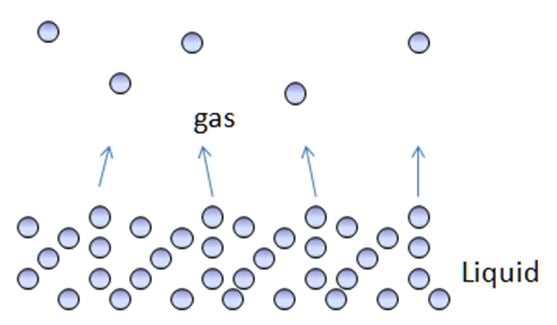1) Evaporation
Water that is at the surface level becomes a gas, water vapor, after being heated up by the sun. This is called evaporation. This was simulated by heating up a beaker of salt water to represent the ocean and the heat of the sun then filling a glass bottle with the water, with a smaller bottle to catch the 'rain'.

2) Condensation
Once the water molecules reach the higher levels of the atmosphere, they start to get colder. This was simulated by covering the bottle with plastic wrap (the atmosphere) and putting ice on top (the cold). The atmosphere keeps the heat in, trapping it and the water. As the water molecules begin to slow and cool down, they attach to dust particles and may become ice crystals which form clouds. This is condensation. Condensation can be seen on the sides of the bottle, where the gas starts to become liquid at the sides of the bottle.

3) Precipitation
When the water molecules are heated up more, they begin to melt. The heat makes them go from their solid ice form back to their liquid form, falling back to the ground. This is precipitation. This can be in the form of rain or snow. After water condensated on the plastic wrap, it fell back into the other bottle inside of the bottle. This helped us better see how much it precipatated in the simulated water cycle. Once water reaches the surface, it will either go into the ground, lake or ocean or become part of a run-off. Most rivers and creeks are run-offs, meaning that the ground has already soaked up as much water as it can.

Other notes:
*Sublimation: Going from solid ice to liquid gas. Usually happens in cold, dry places.
*Plants will take in water from the surface where their roots can reach it, then use it to transport nutrients up to their leaves and for photosynthesis.

No comments:
Post a Comment